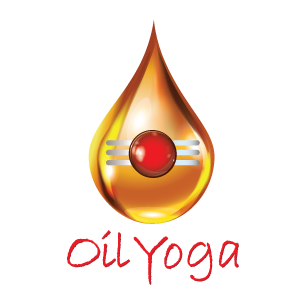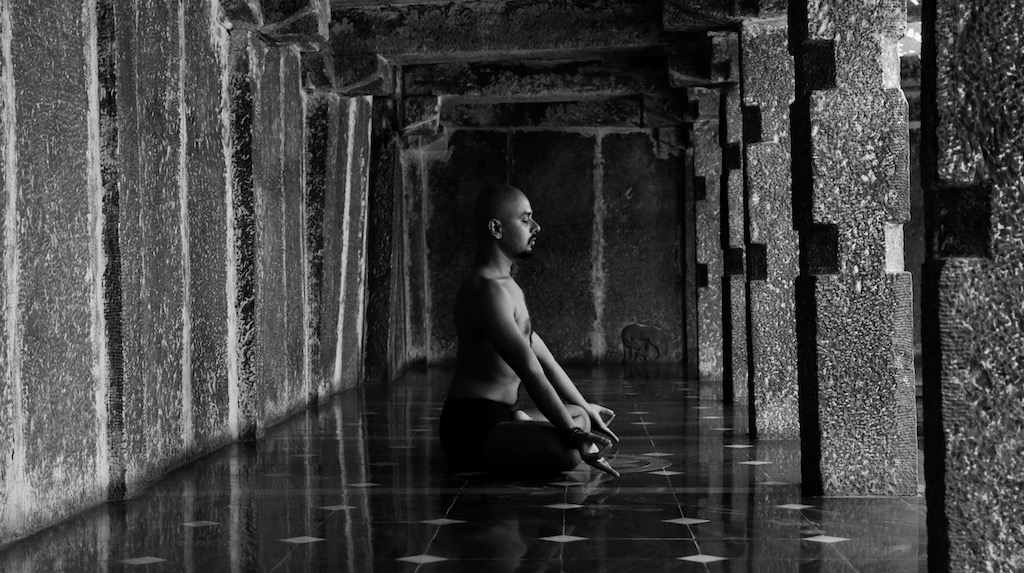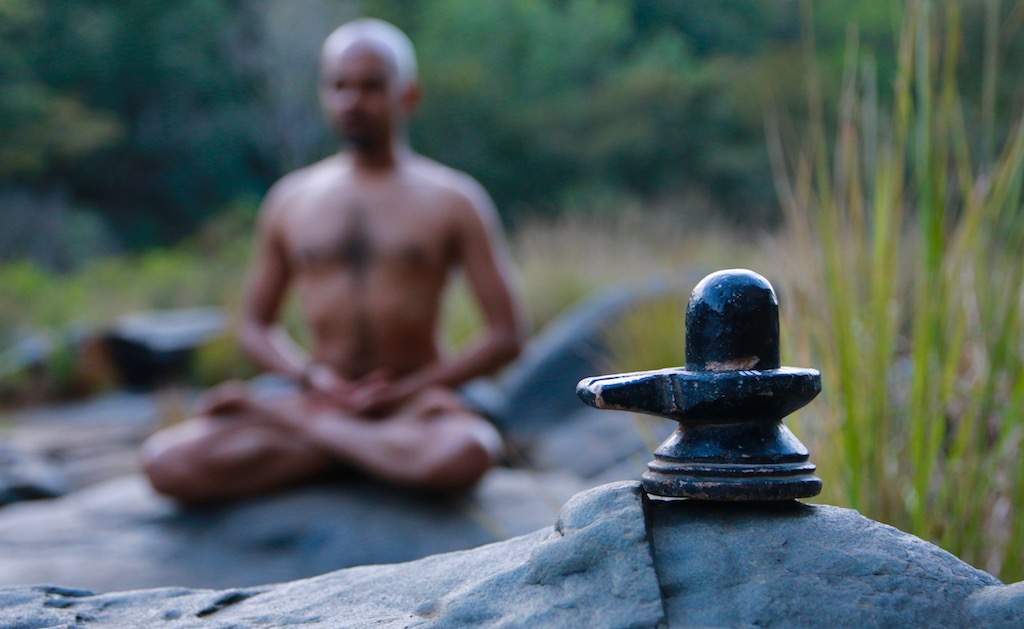MAHANYASA YOGA
MAHANYASA means “Great placement”
Placement of Body, Breath, and Mind together during the posture to attain the highest benefit. All the sequences i.e Rakta Shudhi, Anga Samskara, and Pranotkarsha are same as Taila Yoga. But here there will be no oil is used during the practice.
Mahanyasa yoga consists nine-fold of practice which is called as Navamamsha Paddhati.
- Anushasana Paddhati- Methods of disciplining mind and emotions
- Asana Paddhati- Methods of Asana practice with Vinyasa Paddati (Movement of breath and body)
- Pranayama Paddhati- Methods of controlling and expanding Prana
- Dristi Paddhati- Methods of focus points
- Bandha Paddhati- Methods of practicing the muscular locks
- Kshetra Satkara Paddhati- Methods of Respecting the body as an instrument
- Upasana Paddhati- Methods invoking the universal energies through Bhakti and Mediation
- Kriya Paddhati- Methods Yogic cleansing
- Ahara Padhati- Methods of eating healthy Food
Benefits of Practicing Rakta Shudhi Sequence:
- Helpful in removing the toxins from the blood
- Strengthens the heart and prevents the heart diseases
- Improves the elasticity and functions of blood vessels- Arteries, Veins and capaliers.
- Improves lung capacity and functions
- Regulates functions of Liver, Kidneys and spleen
- Lymphatic system will be regulated
- Prevents verrucous veins
- Prevents skin aging
- Improves blood circulation in the body
- Improves flexibility of the body
Rakta Shudhi consists two stages of practice called as Arambha and Nishpati. There are 49 asanas which have been systematically sequenced to stimulate the functions and to keep the healthy state of blood purifying organs. Apart from Asanas practitioners will be encouraged to follow the food habit which will support the purification of blood.
Two Stages of Rakta Shudhi Practice
Arambha
beginning, which is foundation of the practice.
In this stage students will be introduced to following subjects
a) Asana Practice: Students will practice primary level of Rakta shudhi sequence. It is very important to build practice step by step. Complete focus will be given to bring the proper alignment and breathing. The variations of asanas will be focused which helps the student develop solid foundation. In future if the student wants to teach it will be helpful for all levels of practitioners.
b) Pranayama: Suitable pranayams like Ujjayi, Nadishodhana, Surya Anuloma Viloma, Shitali and Shitkari, Bhastrika and Bhramari will be taught in the Armbha level. Which are essential for the practitioners.
c) Kriyas: Yogic cleansing techniques are important to keep the body and nervous systems in good condition for the practice. Kapalbhati, Trataka, Agnisara kriya, Neti will be practiced in this Armbha level.
d) Kshetra Satkara : Respecting our Body and senses. All of us are born with strong and week points of our body, senses and emotions. As a yoga practitioner, we should respect which has been given to us from the universe. Student will learn different kinds of mediation and relaxation to understand the inner core.
e) Ahara Paddhati: It is rightly said what we eat we become that. Following the food habit which will help to purify our blood. There are certain king of food which will toxify our blood. Students will be given a list of juices and food which will nourish the practice.
f) Drishti: Gazing points are called as Drishti. During the Asana practice to keep the mind focused gazing points are used. Students will learn how to use Drishti without bringing strain to the eye muscles. Specific eye exercises will be introduced to attain mastery over the Drishtis in this period of Arambha.
g) Mantra and Asana Name chanting: Mantras are universal vibrations which will awaken our Nadis and chakras. Different mantras which are connected to source of energies will be taught during this period. Asana names in Sanskrit has its own importance. Students will be learning the correct pronunciation of the Rakta Shudhi series will be learnt by the students.
Nishpatti
One month course on complete Rakta Shudhi series
2. Nishpatti: attaining complete mastery is called as Nishpatti. After practicing minimum one month of Arambha level with teacher one can attend the one-month long training program which is called as Nishpatti. Where student will learn all the aspects and facets’ of Rakta Shudhi practice. One month training will give complete knowledge of practicing and teaching of Raka Shudhi series. One month course will have following subjects:
- Learning the Vinyasa karma
- Anatomy related to Circulatory system and organs
- Methedology of using oils
- How to teach Rakta Shudhi sequence step by step
- Art of Adjustments.
- How to prepare the holistic food
- How to teach pranayama
- How to prepare students to use Drishti
- How to give proper relaxation
- Meditations
- How to chant mantra properly
Anga Samskara
Revitalizing the muscles, Joints and organs are called Anga Samskara. Skeletal system gives the structure to human body and muscles, ligaments and tendons holds the entire skeletal system. There are 320 pair of muscles, 1320 Tendons and numerous ligaments in human body. With the modern sedentary life style, we don’t give proper movements these facilities. Anga Samskara sequence has been designed such a way that it will give movements and activate most of the muscles and other factors. There are 35 chronic disorders are mentioned by the medical experts because of lacking in exercises in day today life. Asanas in Anga Samskara are systematically arranged so that they activate most of the Muscular systems. The sequence also keeps all the functionary and sensory organs healthy.
Who can attend the Anga Samskara classes?
Anyone who has completed the Rakta shudhi primary sequences and training can attend the Anga Samskara classes. It also fallows the two stages, Armbha, and Nishpatti as it is in Rakata Shudhi.
Arambha: In this period students will practice asanas with Drishti, Vinyasa paddhati and Ujjayi breath with alignment. Variation can be adopted during the practice. Pranayama will be continued in to deeper stages from Rakta Shudhi sequence. Dhouti and Nouli will be introduced in yogic cleansing sessions. Once student will practice at least one month with the teacher they can move further to Avasthana stage.
Nishpatti: Once the student will complete Armbha and Avasthana stages in Anga Samskara sequence, they can apply for the one month training course which is Nishaptti. During this course students will be prepared to become a teacher with all aspects of Anga Samaskara.
Pranotakarsha
Pranotkarsha is the final sequence of Mahanyasa Yoga. This sequence will be taught only to those who have completed all stages of Rakta Shudhi and Anga Samskara. Chanting mantras and Bija(Seed) Mantras, Bandhas with kumbhakas and Mudras will be used during the asana. As this sequence is more advance and sacred, practitioners have to follow strict rules and regulation about life style. Details of this sequence will be reveled only to those who are dedicated to go deeper in to the practice.




